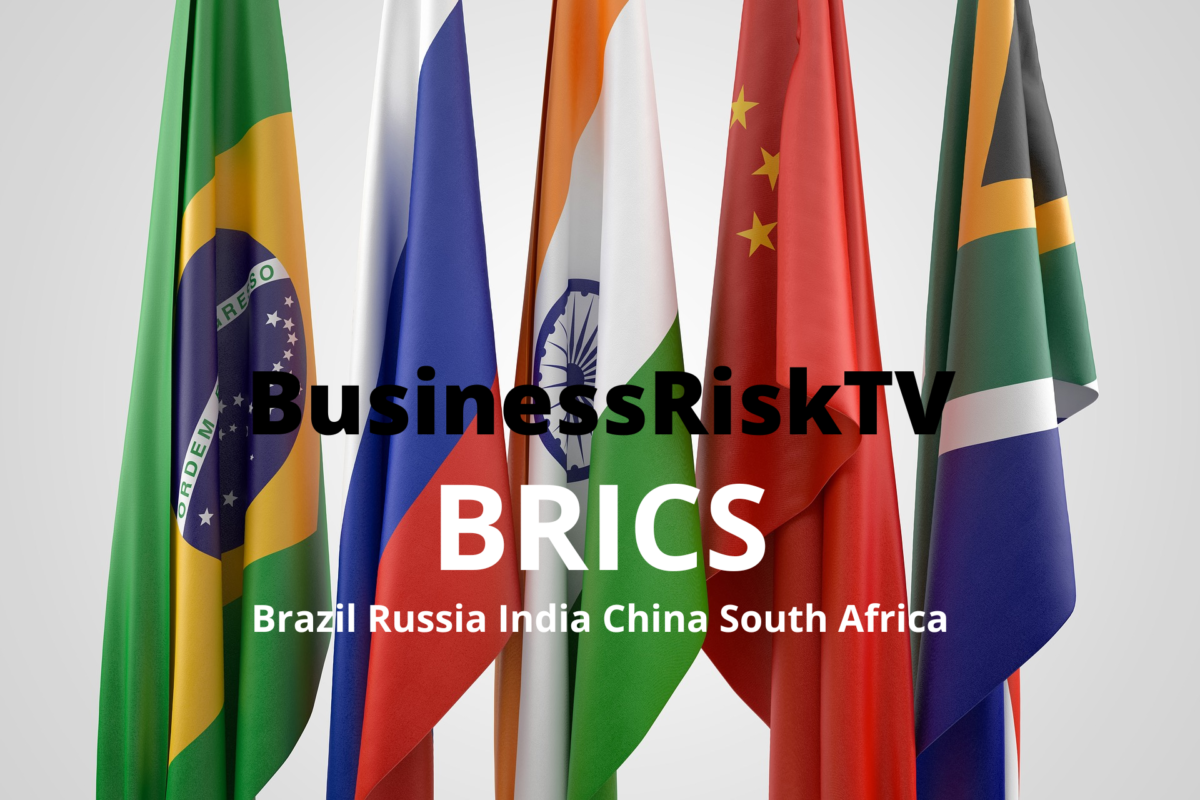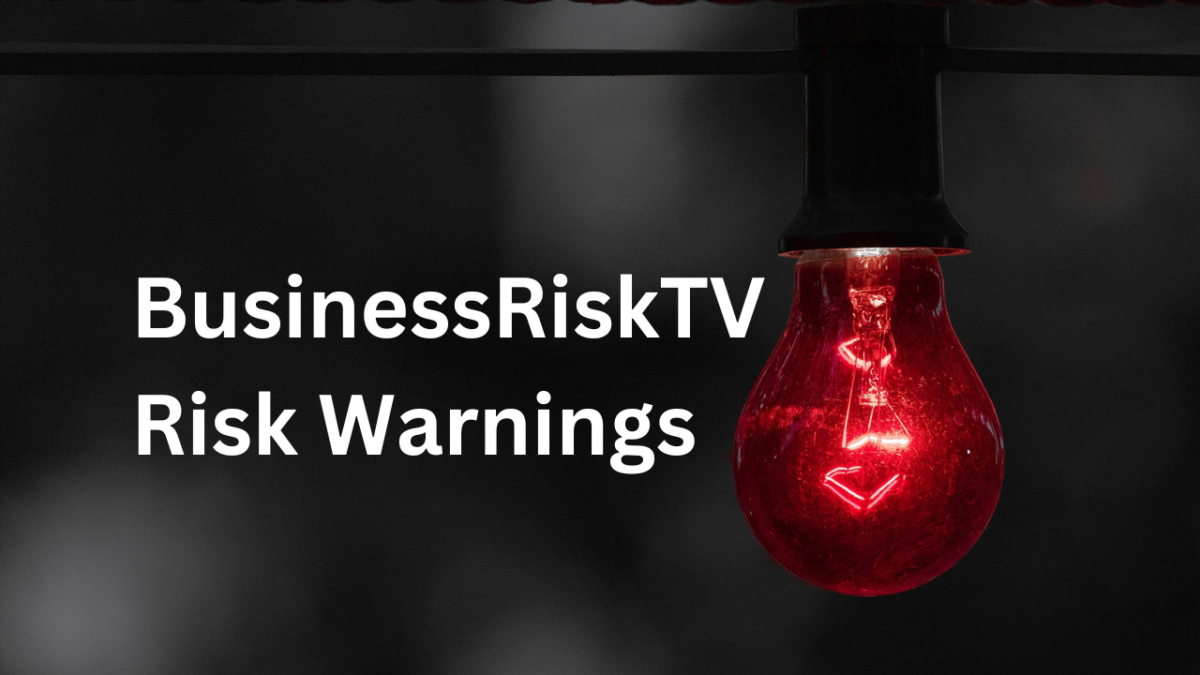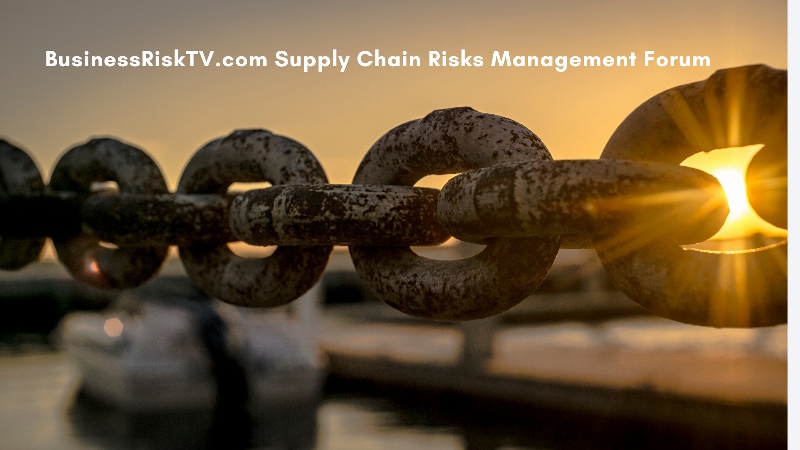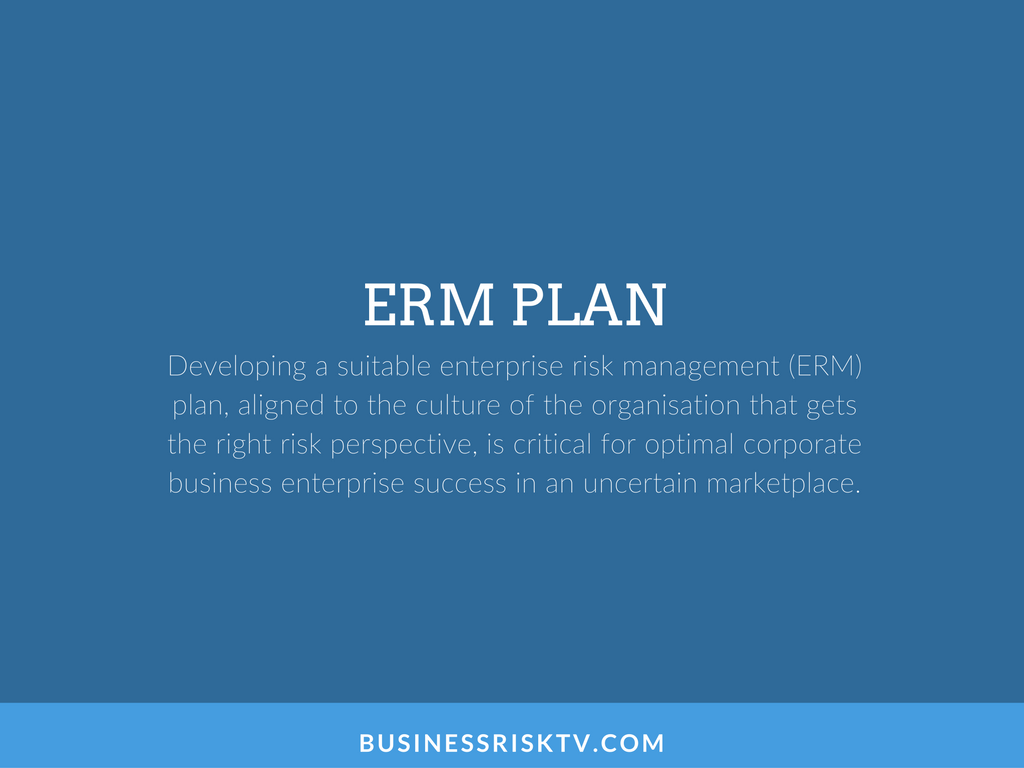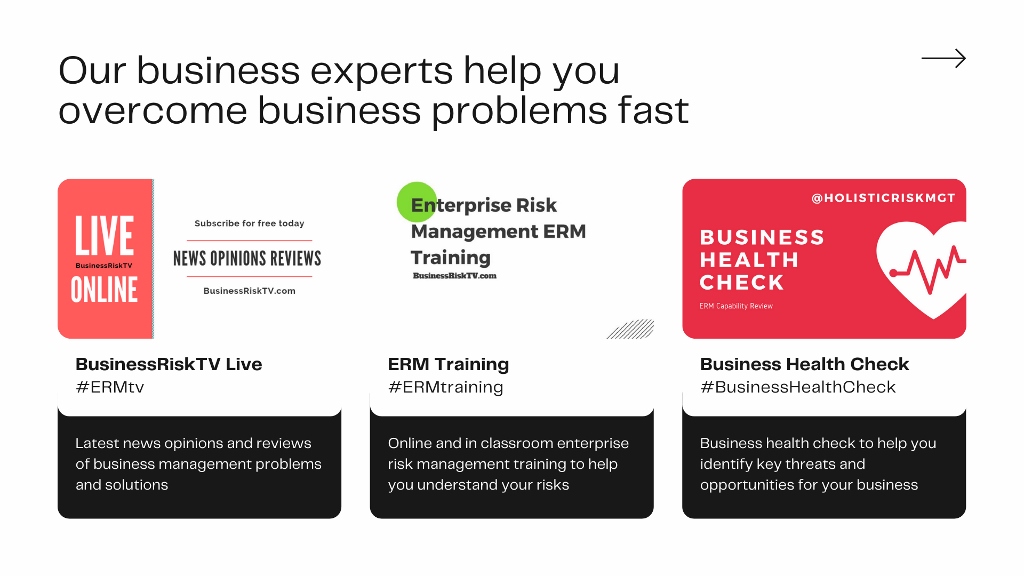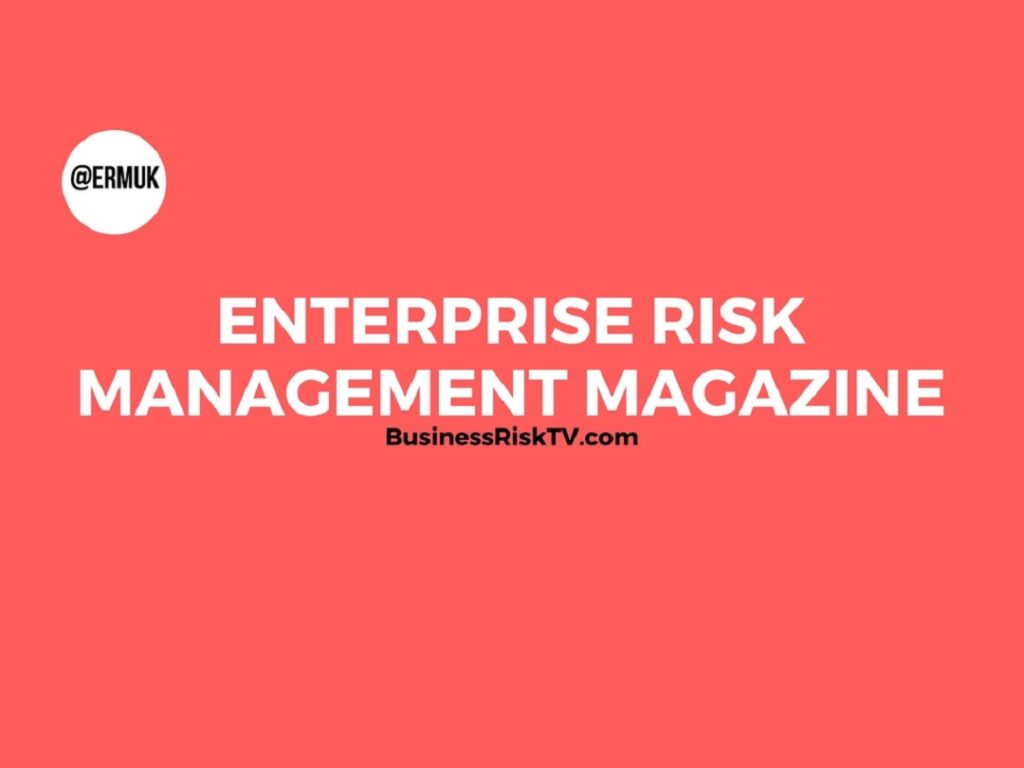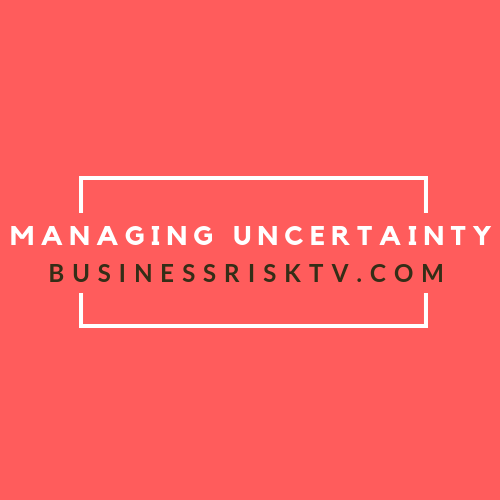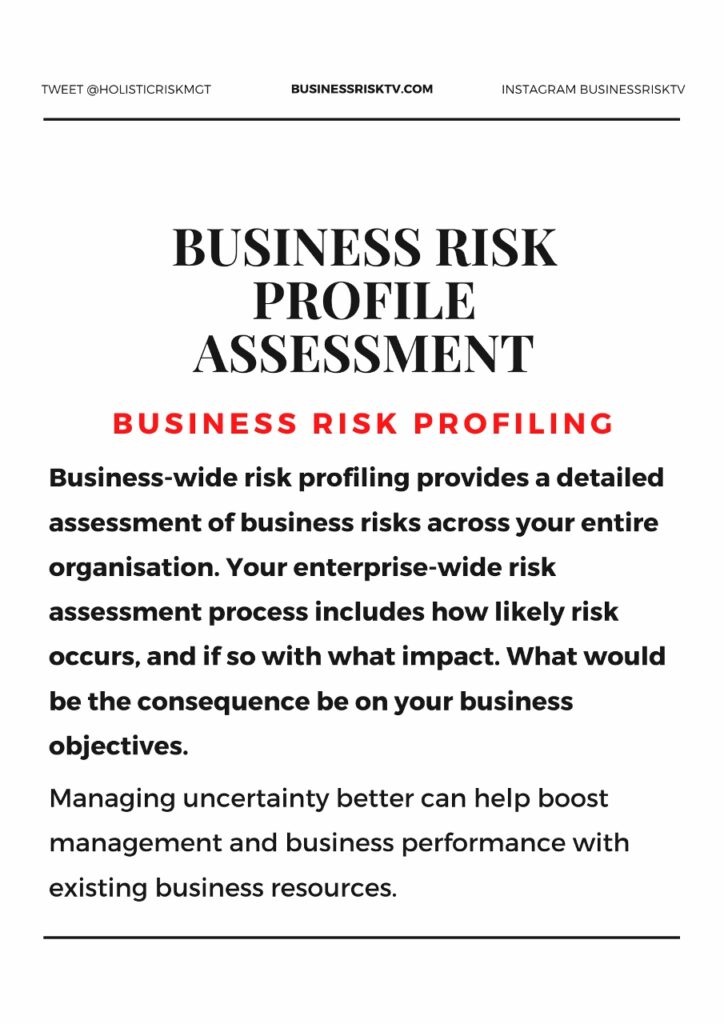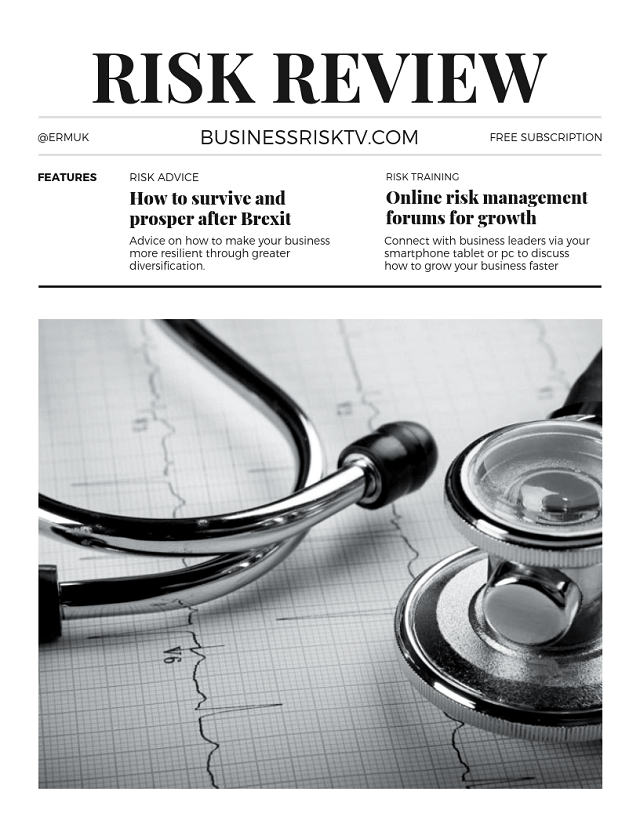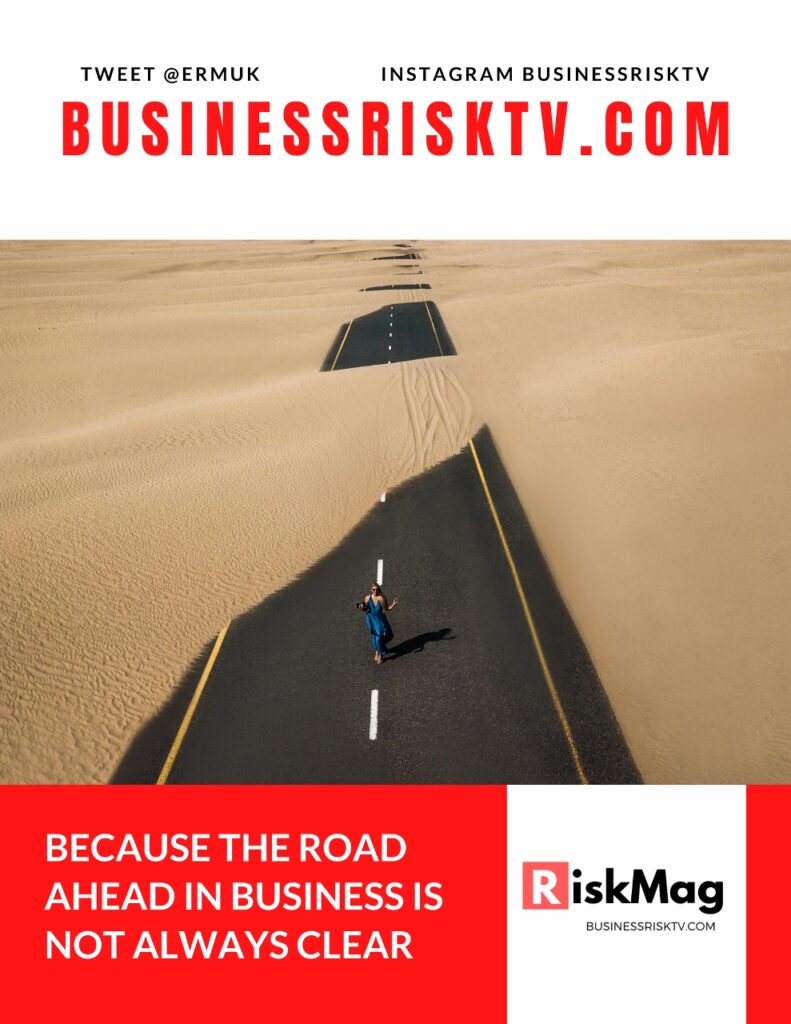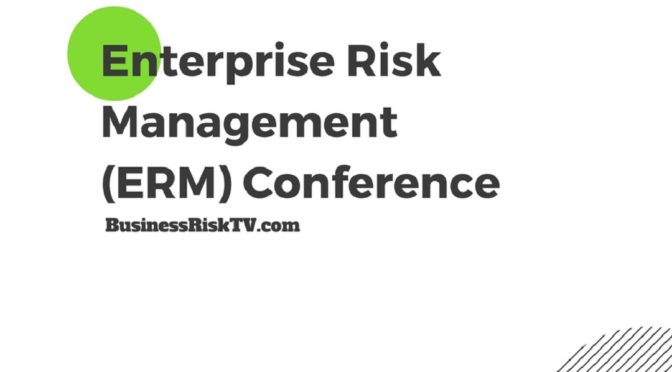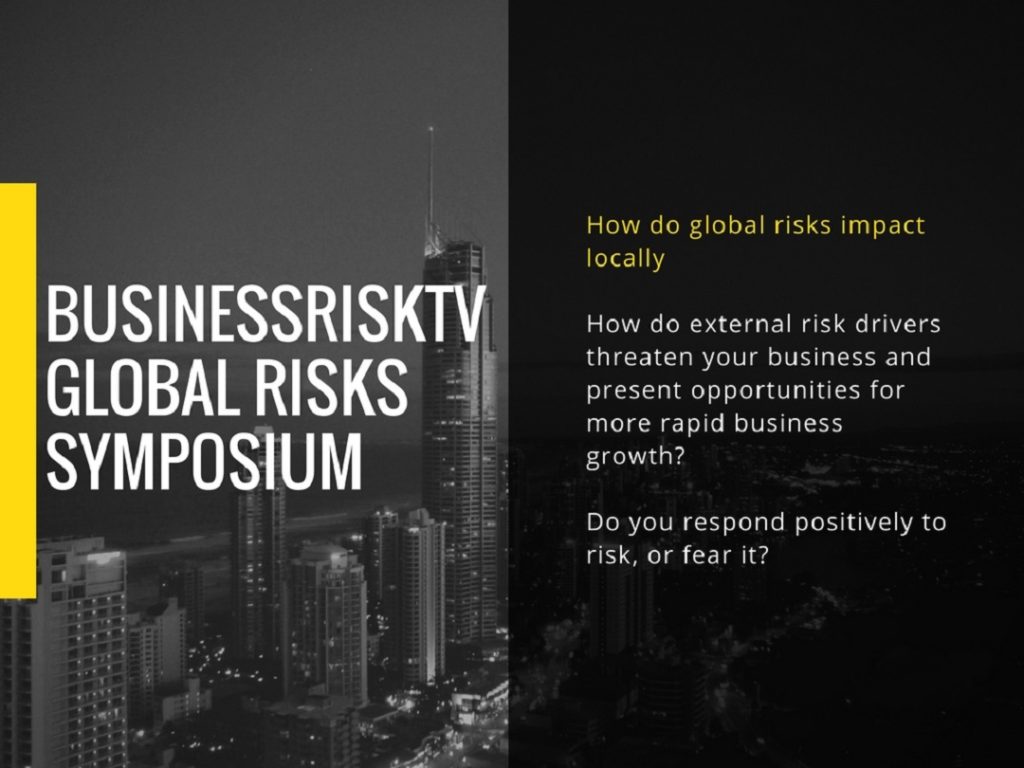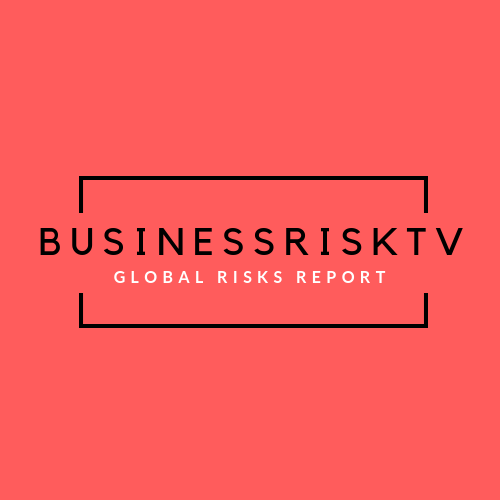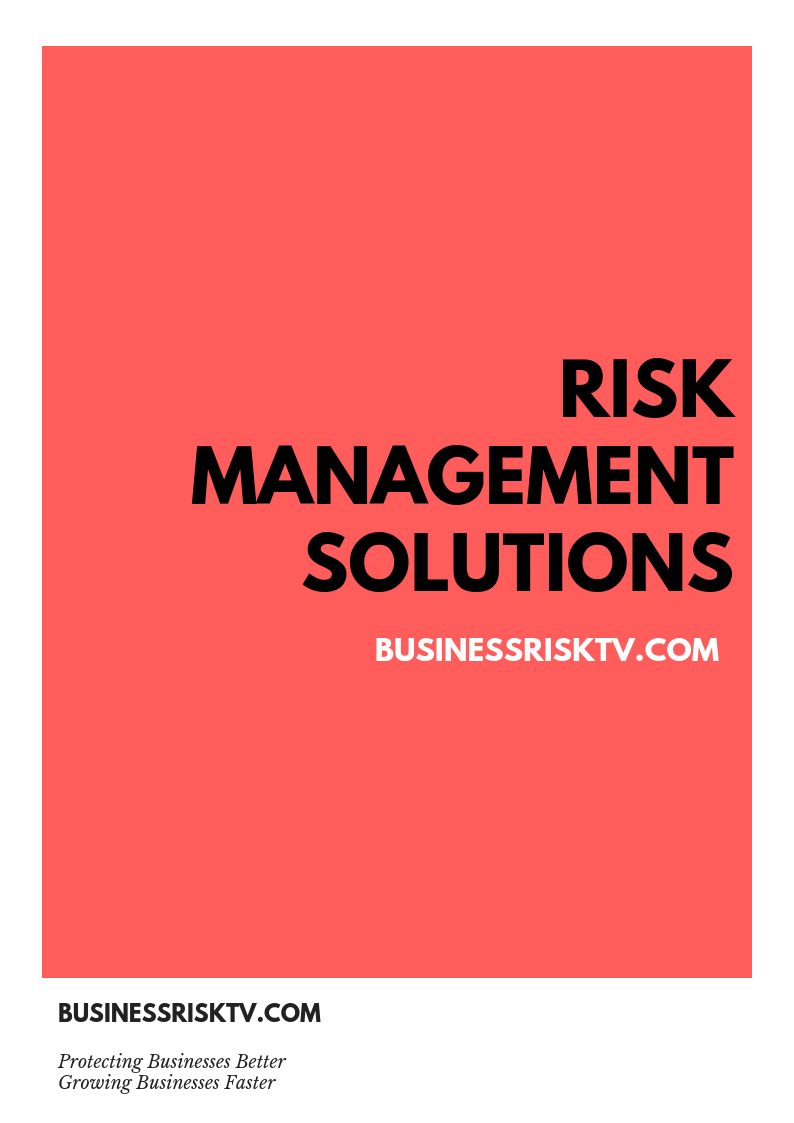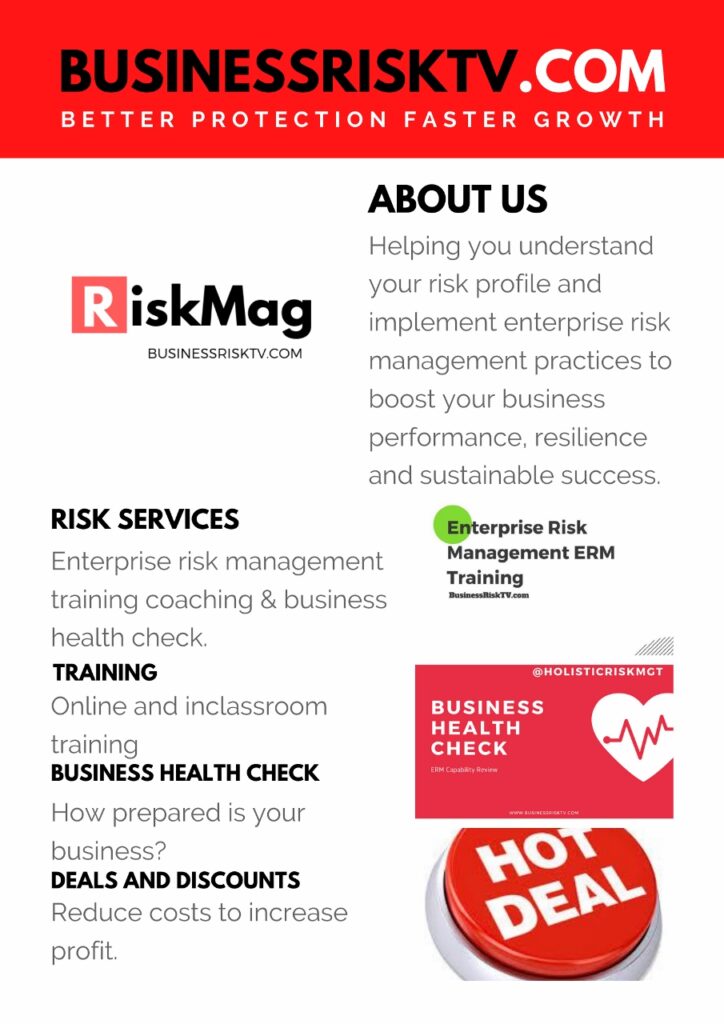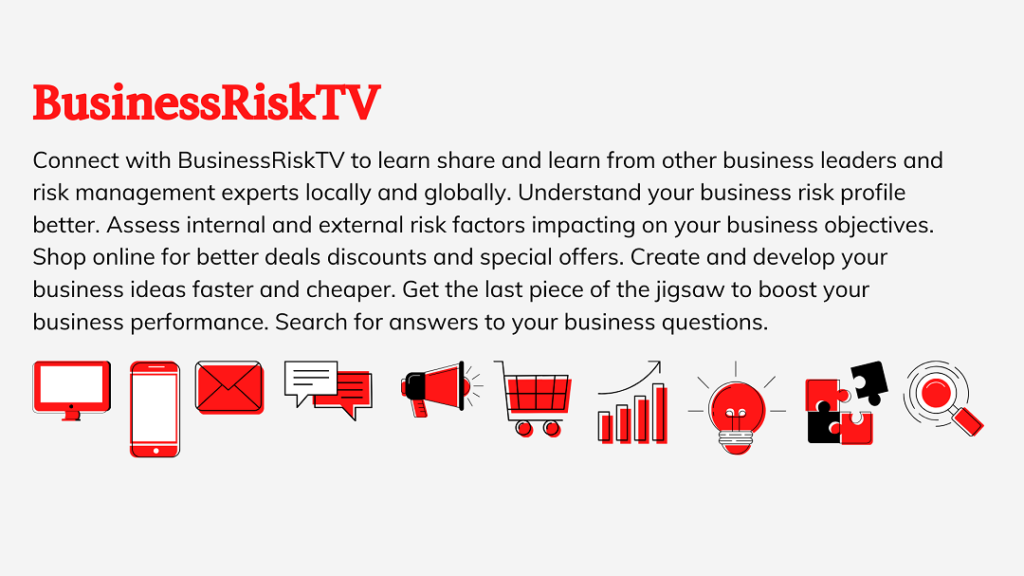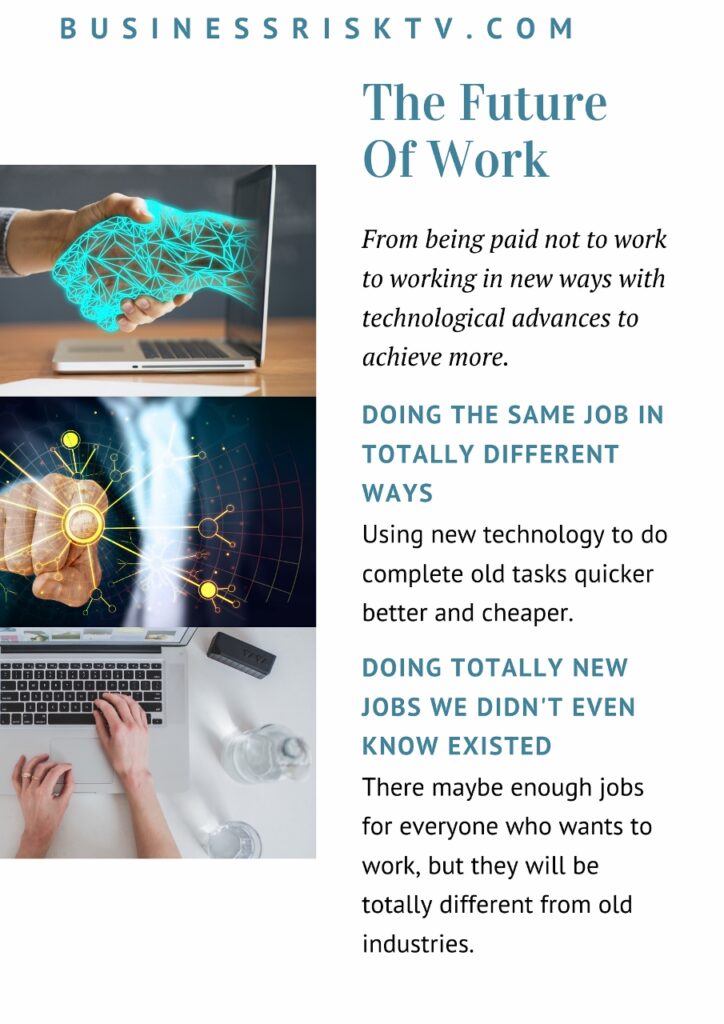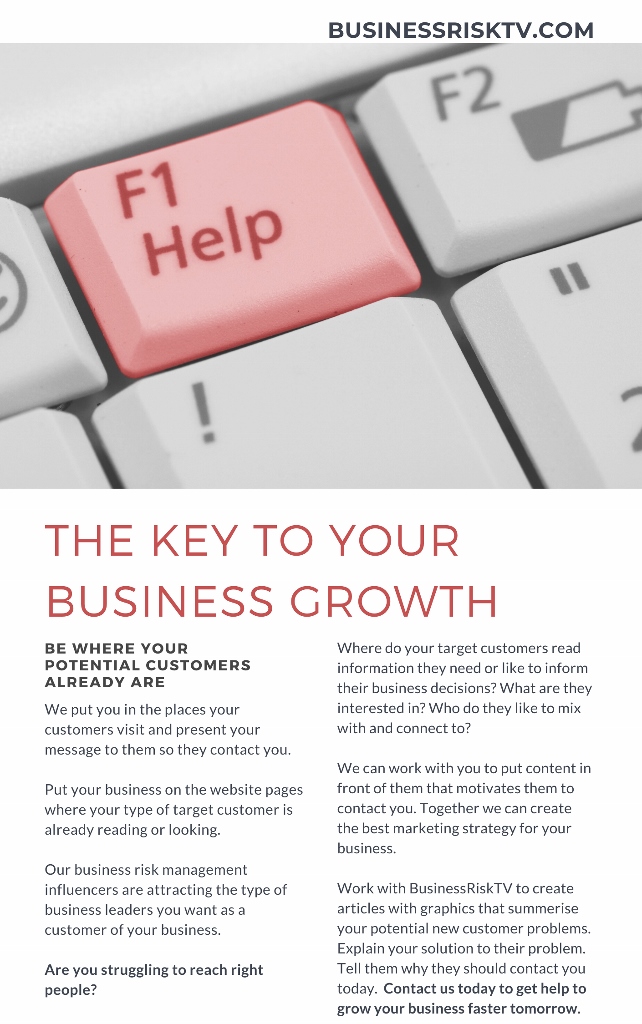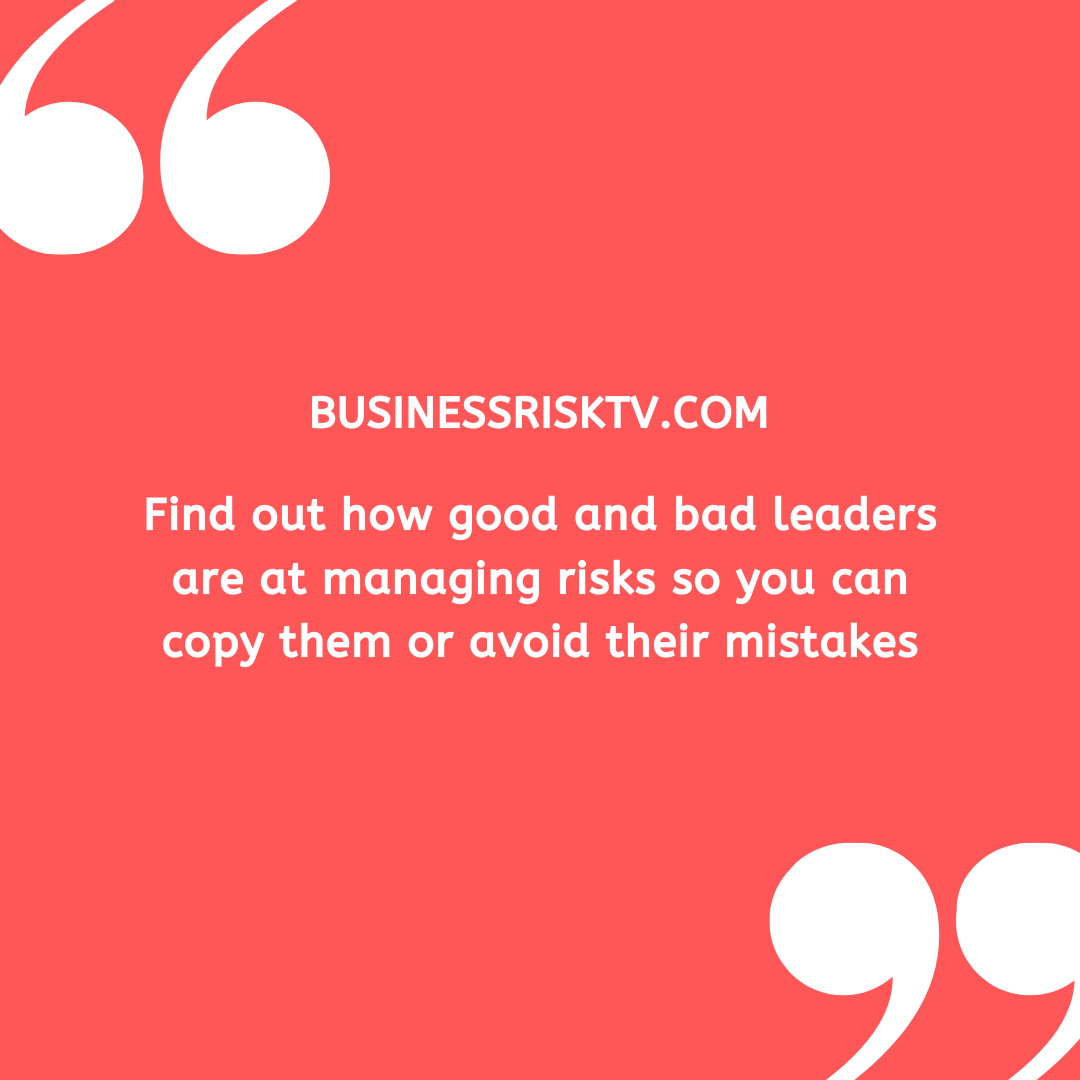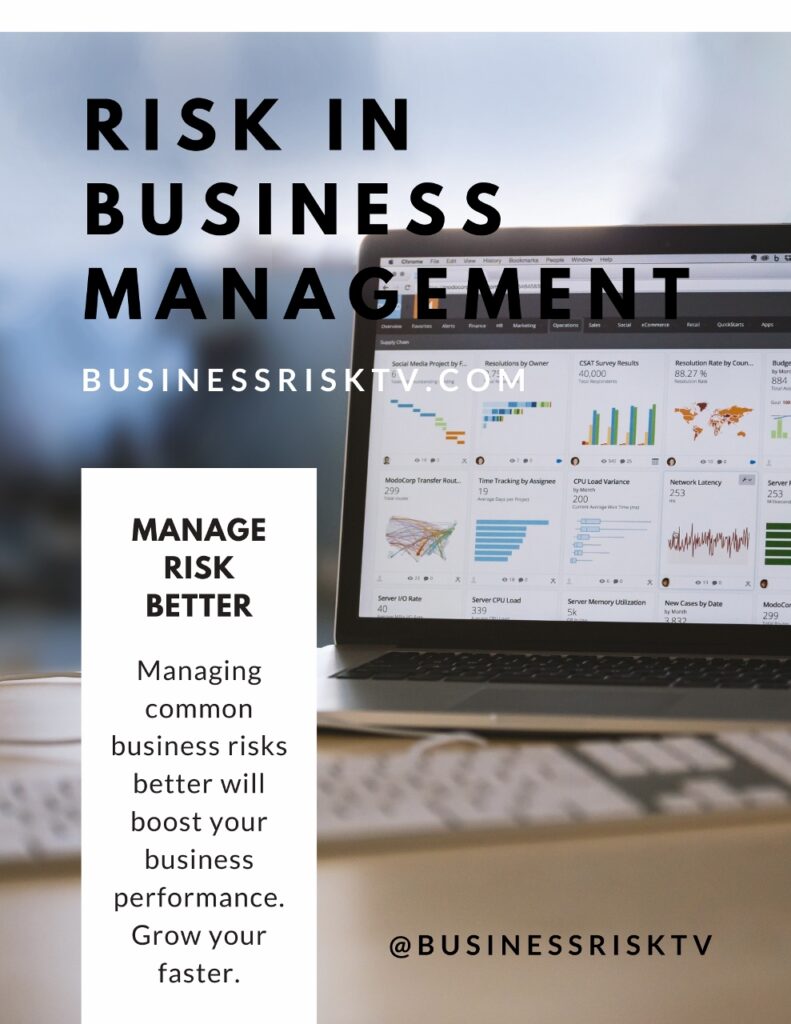Cracks in the Concrete Jungle: US Commercial Real Estate on the Brink?
The American dream is paved with ambition and asphalt, often symbolised by the towering monuments of commercial real estate. However, the foundation of this dream may be shaking, with the US commercial real estate market facing a potential collapse of historic proportions. The International Monetary Fund (IMF) paints a grim picture, warning of a domino effect that could cripple the entire financial system. This begs the questions:
What is the US commercial real estate market forecast?
How big is the commercial real estate industry in the US?
How does commercial real estate interact with international finance?
Unraveling the Threads: A Perfect Storm of Headwinds
Several factors are conspiring to create a perfect storm for the US commercial real estate market:
- Rising Interest Rates: The Federal Reserve’s aggressive rate hikes to combat inflation have made borrowing significantly more expensive. This chills demand for, leading to decreased investment and plummeting prices.
- Work-From-Home Tsunami: The pandemic-induced shift to remote work has reduced the need for traditional office space. This trend, coupled with hybrid work models, casts a long shadow over office building occupancy and rental rates.
- Retail Requiem: The rise of e-commerce giants like Amazon has decimated brick-and-mortar retail. With foot traffic dwindling, shopping malls and storefronts face vacancy woes and declining property values.
- Tighter Lending: Banks are tightening lending requirements in response to economic uncertainties. This restricts the flow of capital to the commercial real estate sector, further hampering investment and development.
- International Domino Effect: The US, as a global economic powerhouse, plays a crucial role in international finance. A collapse in the US commercial real estate market could trigger ripple effects, impacting foreign investors, financial institutions, and even sovereign debt markets.
The Size of the Leviathan: Understanding the Commercial Real Estate Market
The US commercial real estate market is no small fish. It boasts a gargantuan size, estimated to be worth a staggering $25.37 trillion in 2024. This behemoth encompasses diverse property types, including:
- Office buildings: The traditional powerhouse, now facing challenges from changing work patterns.
- Retail spaces: Struggling to adapt to the e-commerce juggernaut.
- Warehouses: Booming due to the e-commerce revolution, but concerns about oversupply loom.
- Industrial facilities: Facing disruptions from supply chain uncertainties.
- Hotels and convention centers: Recovering from pandemic slump, but still susceptible to economic fluctuations.
The sheer size and intricate interconnectedness of these asset classes highlight the potential severity of a market collapse.
Entangled Threads: International Finance and the Commercial Real Estate Web
The US commercial real estate market is not an isolated island. It is deeply intertwined with international finance through various channels:
- Foreign Investment: International investors, such as sovereign wealth funds and pension funds, hold substantial stakes in US commercial properties. A market crash could erode their holdings and trigger capital flight.
- Debt Financing: Foreign banks and financial institutions play a significant role in providing loans and other financing instruments for US commercial real estate projects. A downturn could jeopardise these loans and destabilise international credit markets.
- Derivatives and Securitisation: Complex financial instruments like commercial mortgage-backed securities (CMBS) often link the performance of US commercial real estate to global financial markets. A crash could trigger defaults and losses, cascading across international borders.
A Call to Action: Mitigating the Cracks and Building Resilience
While the future appears ominous, it’s not a foregone conclusion. Policymakers, industry leaders, and investors can take proactive steps to mitigate the risks and build resilience:
- Targeted Policy interventions: Tailored stimulus measures, government guarantees, and regulatory adjustments can help boost liquidity and incentivise investment.
- Data-driven Risk Management: Embracing data analytics and scenario planning can provide early warning signs of potential distress and pave the way for proactive mitigation strategies.
- Diversification and Innovation: Exploring alternative asset classes, embracing flexible work models, and investing in sustainable technologies can help navigate the changing landscape.
- Transparency and Communication: Fostering open and transparent communication between stakeholders can rebuild trust and facilitate collaborative solutions.
The current storm clouds hanging over the US commercial real estate market demand unwavering attention. By understanding the root causes, appreciating the market’s size and its global reach, and taking decisive action, we can collectively prevent the dominoes from falling and ensure the American dream doesn’t turn into a nightmare of crumbling concrete and broken promises.
USA Commercial real estate prices are in the midst of one of the biggest drops in the past half-century, the IMF said due to high interest rates causing demand to drop off and property prices to drop like stone and WFH policies and reduction in money supply via tighter lending requirements and increased online retailers reducing demand for high street retail space. The global commercial property real estate collapse will be a domino that falls into rest of financial system causing banking bankruptcies.
More on Commercial Real Estate Crisis
Get help to protect and grow your business
Subscribe for free business risk alerts and risk reviews
Read more business risk management articles

